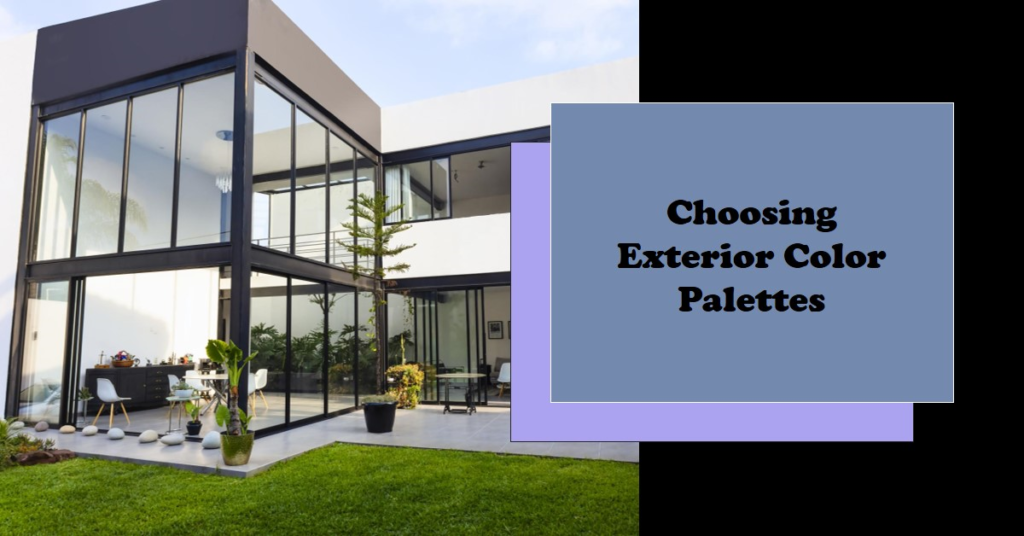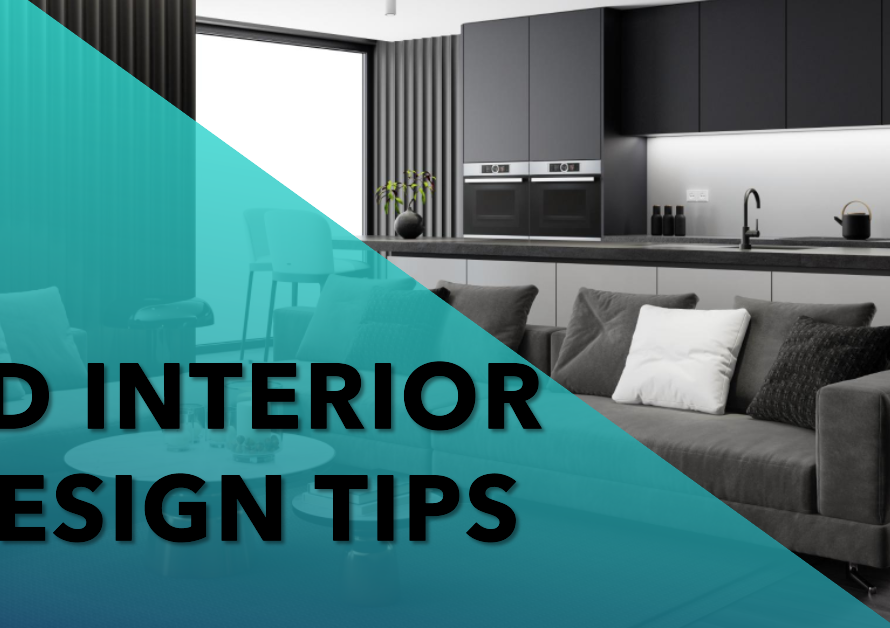
Table of Contents
- Introduction: Exterior Design
- Understanding the Basics of Color Theory:
- Considering the Architecture of Your Home:
- Analyzing Your Environment and Surroundings:
- Harmonizing with the Neighborhood:
- Creating a Balanced Color Scheme:
- Embracing Trends Wisely:
- Testing Colors Before Committing:
- Coordinating with Exterior Materials:
- Seeking Professional Guidance:
- Conclusion: Crafting Your Perfect Exterior Palette
Introduction: Exterior Design
Exterior Design of your home is a significant undertaking. The color palette you choose will not only reflect your personal style but also enhance the architectural features of your home. An impeccable exterior color palette can boost curb appeal and increase property value. In this comprehensive guide, we will explore the essential considerations and steps to create a harmonious and visually appealing exterior design.
Understanding the Basics of Color Theory:
Before diving into color selection, it’s crucial to understand the fundamentals of color theory. Color theory involves the study of how colors interact, the visual effects of color combinations, and the messages colors communicate.
Primary colors (red, blue, and yellow) are the foundation, and secondary colors (green, orange, and purple) are created by mixing primary colors. Tertiary colors are derived from mixing primary and secondary colors. Familiarizing yourself with the color wheel and the relationships between colors, such as complementary, analogous, and triadic schemes, can help you make informed decisions.
Considering the Architecture of Your Home:
The architectural style of your home should heavily influence your color palette choices. Different styles have traditional color schemes that have stood the test of time. For example, a Victorian home might look stunning in a palette of muted pastels, while a modern home might benefit from bold, contrasting colors.
When selecting colors, take note of your home’s fixed elements such as roofing, stone, brick, and pathways. These elements often have inherent colors that cannot be easily changed and should harmonize with your chosen palette.
Analyzing Your Environment and Surroundings:
Your home’s surroundings play a vital role in color selection. Consider the landscape, neighboring houses, and the general environment. If your home is surrounded by lush greenery, earthy tones or vibrant greens can create a seamless integration with nature. Conversely, if you live in an urban setting, sophisticated neutrals or striking, contemporary hues might be more appropriate.
Additionally, think about the climate. In hot climates, light colors can reflect heat and keep your home cooler, while darker colors might be more suitable for cooler regions as they absorb warmth.
Harmonizing with the Neighborhood:
While it’s important to express your personal style, maintaining harmony with the neighborhood is also crucial. An overly bold or unconventional color scheme can stand out negatively and even affect the neighborhood’s overall aesthetic. On the other hand, a well-chosen color palette can enhance the entire street’s appearance.
Take a walk around your neighborhood and observe the colors used on nearby homes. Aim for a balance between individuality and cohesion, ensuring your home complements its surroundings while retaining its unique charm.
Creating a Balanced Color Scheme:
A balanced exterior color scheme typically includes three main components: the field color, which is the dominant color of the walls; the trim color, used for elements like window frames and eaves; and the accent color, which is used sparingly for doors, shutters, and other small areas. This triadic approach ensures a harmonious and visually appealing outcome.
When selecting these colors, ensure that they contrast yet complement each other. For instance, a soft beige field color can be beautifully offset with crisp white trim and a bold navy accent. Experimenting with different shades and intensities can help you achieve the perfect balance.
Embracing Trends Wisely:
While it can be tempting to follow the latest design trends, it’s essential to choose colors that you will enjoy for years to come. Trends are fleeting, and what is fashionable today might not be tomorrow. Instead, focus on timeless color combinations that align with your personal style and the architectural integrity of your home.
That said, incorporating subtle nods to current trends can keep your exterior feeling fresh and modern. For example, a trendy accent color can be used on the front door or outdoor furniture, allowing you to easily update the look without a major overhaul.


Testing Colors Before Committing:
Once you have narrowed down your color choices, it’s wise to test them before making a final decision. Paint large swatches on different parts of your home’s exterior and observe how they look at various times of the day and under different lighting conditions.
Colors can change dramatically based on lighting and surrounding elements. Testing ensures that the colors you choose are exactly what you envisioned and can prevent costly mistakes down the line.
Coordinating with Exterior Materials:
Your exterior color palette should work in harmony with the materials used in your home’s construction. Consider the color and texture of bricks, stones, and wood when selecting your paint colors. These materials add depth and character to your home, and their natural hues should be complemented, not clashed, by your chosen palette.
For instance, if your home features red brick, choosing a complementary color like a warm beige or soft gray for the siding can create a cohesive look. The goal is to enhance the natural beauty of these materials through thoughtful color coordination.
Seeking Professional Guidance:
Choosing an exterior color palette can be overwhelming. If you find yourself uncertain, consulting with a professional color consultant or designer can be immensely helpful. These experts have a keen eye for color and design, and can provide invaluable insights and suggestions tailored to your specific needs and preferences.
Professionals can also offer digital renderings or samples that give you a clearer vision of the final outcome, ensuring confidence in your choices and investment.
Conclusion: Crafting Your Perfect Exterior Palette
Selecting the perfect color palette for your home’s exterior is a nuanced process that involves understanding color theory, considering architectural styles, analyzing the environment, and balancing personal preferences with neighborhood harmony. By taking the time to explore and test your options, and possibly consulting with professionals, you can create a stunning exterior that not only reflects your style but also enhances your home’s overall appeal.
Remember, the right colors can transform your home’s exterior from ordinary to extraordinary, making a lasting impression for years to come. Happy designing!


